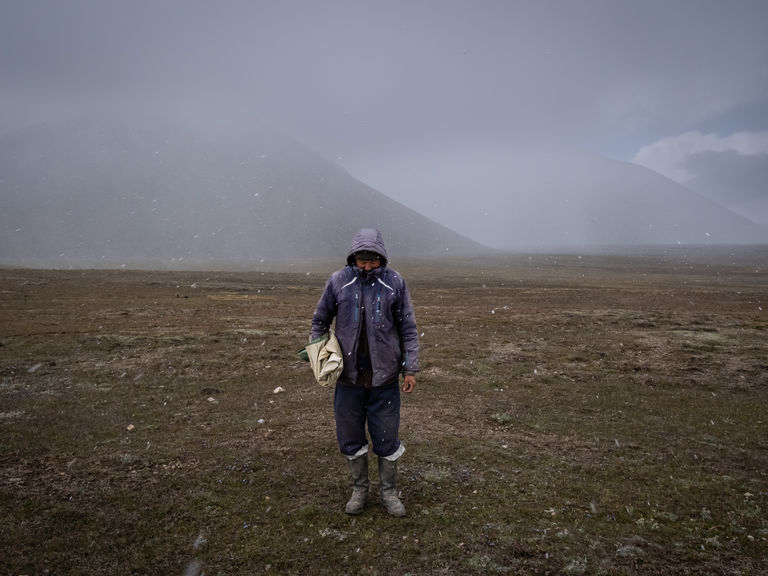Project Detail: Going Higher
Contest:
Reportage and Documentary 2022
Brand:
LuganoPhotoDays
Author:
David Verberckt
Status:
Selected
Project Info
Going Higher
How climate change is affecting nomadic communities and pastoralists in Kyrgyzstan and their way of life and traditions. Climbing beyond 3000-4000m with their herds is what left in the quest of grasslands and water.
Kyrgyzstan and more generally Central Asia start to experience the effects of climate change first hand causing severe water shortages in the low lands and neighbouring countries and a deficit of energy produced by hydro power plants. Kyrgyzstan consists of a very large propotion of nomadic communities who can witness of the environmental changes they witness down the valleys and at high altitude. Recurrent periods of drought are longer and longer, glaciers are melting at a speed never witnessed before, and green pastures become more difficult to find. In a country of intensive animal breeding, the remaining grasslands are insufficient and over grazing accelerates soil degradation. All new challanges that the communities have to adapt to. The volume of the mighty high altitute rivers is also decreasing due to drought and lack of snow and rain in the mountains, endangering the production of electricity and further reducing the water flow of the rivers downstream. One of those rivers is the Naryn river which has the largest hydro power plants along its route in the region. The Naryn river flows into the Syr Darya which is crucial for irrrigation of the agriculture heartland of Central Asia and who eventually flows into the Aral Sea, or at least what is left of it. At the present pace, Central Asia could easily become a future hotspot of water and energy conflicts. Low intensity conflicts already occur between Kyrgyzstan, Tajikistan and Uzbekistan.


















